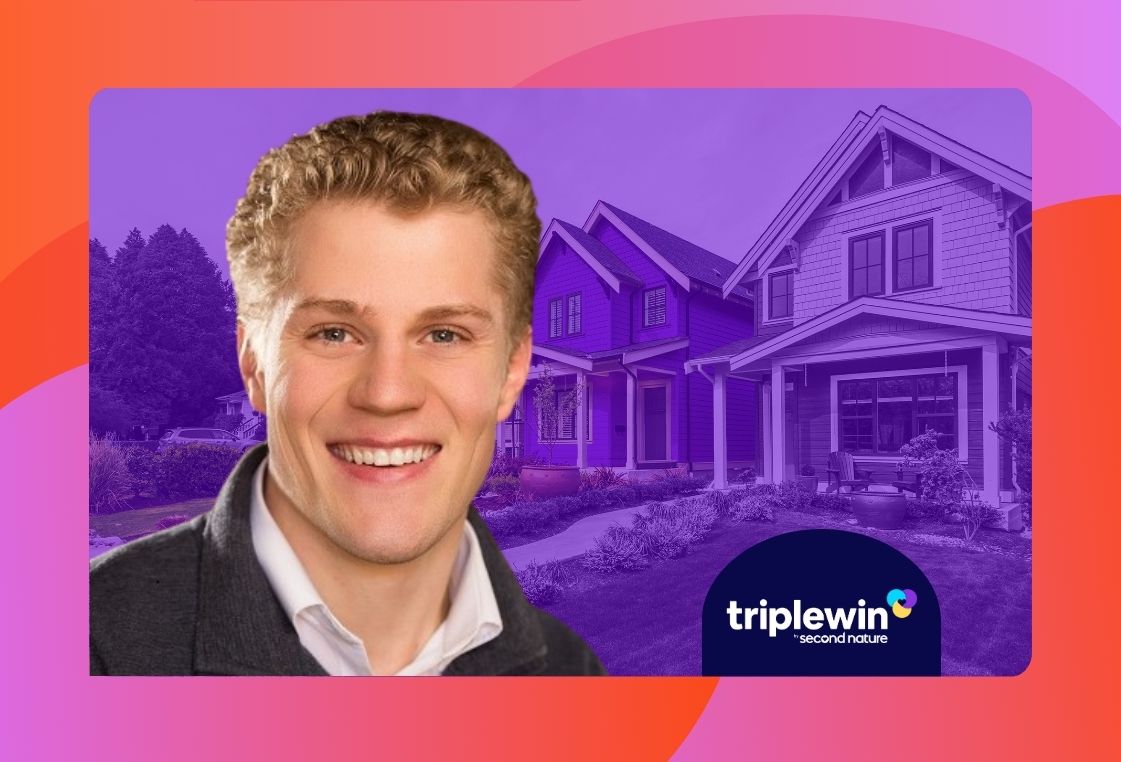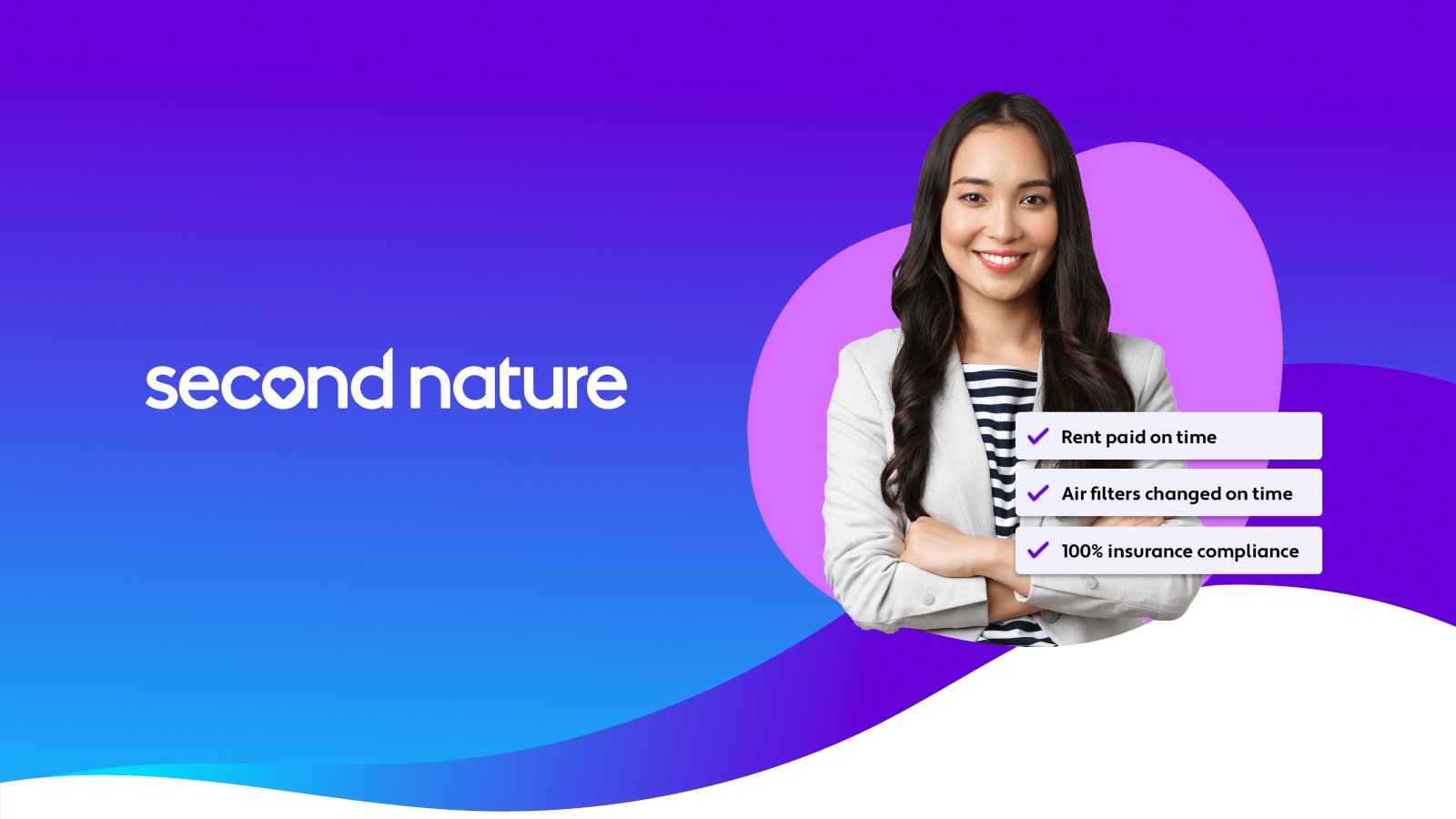What we'll cover
How do Property Management Companies Make Money?
Average property management fees
How to Set Up a Property Management Business for Profitability
How to Reduce Operating Costs to Increase Profitability
How to Increase Profitability in Property Management
How to Find Profitable Residents & Investors and Keep Them Happy
Property Management profitability is, of course, how much money a property management company keeps of their revenue after their expenses. But Daniel Craig, the CEO of ProfitCoach, wants PMCs to think of profitability far more expansively.
“We recommend that you think about profit as the opportunity to reinvest in the business,” Daniel says. “Your business isn’t just a machine that makes a profit; it's a machine that turns profit reinvested into more profit.”
In other words, profit is a virtuous cycle that, once started, can deliver increasing ROI, better value, and better business.
The big question is: How do property management companies increase profitability?
That’s what we connected with Daniel to talk about. We’re sharing some of Daniel’s insights on property management profits and experiences we’ve gathered over years of working with property management companies across the country.
Key Learning Objectives:
- How property management companies increase profit
- How long it usually takes to become profitable
- Common mistakes property management companies make when trying to build profit
- How to optimize operating costs
- How to find the right residents and property investors
- Tools for helping to increase profitability
Meet the Expert: Daniel Craig
Daniel Craig is the CEO of ProfitCoach, which provides property management entrepreneurs with financial knowledge, tools, and strategies to drive greater profits.

How do property management companies make money?
In the most basic terms, property management companies make money through real estate investors paying for the services they offer. The more value a PMC can drive for its property investors and residents, the more revenue they generate.
The profit, of course, is how much is left over after paying all your expenses.
“We've worked with hundreds of residential property management companies and seen a wide variety of profitability levels,” Daniel says.
ProfitCoach and NARPM started benchmarking profits with the NARPM Financial Performance Guide and Daniel says they’ve seen a significant shift in the past few years.
- In 2017, the average profitability in the property management space was 6%, and the top 25% of performers’ profitability was 25%.
- In 2021, the average profitability was 11%, and the top performers were 32%.
The important nugget in these benchmarks? Seeing what’s possible. Many rental property managers may not realize they could strive for anywhere from 25% to 32% profitability.
But if the target is that high, how do you get there with your business? At ProfitCoach, Daniel and his team have outlined the “Three Steps to 3X Profitability.”
Average property management fees
Different property management companies structure their fees in different ways, so it’s important to familiarize yourself with the different options and determine what works best for you.
First, some property management companies will charge an initial setup fee. Not all companies charge setup fees, and those that do typically keep the fee fairly modest. A 2022 survey of 80 metro areas by iPropertyManagement found that the average setup fee was just $185.24.
Next, leasing fees are extremely common. Management companies will typically charge a fee for advertising a unit, collecting applications, screening tenants, and signing leases. Also known as tenant placement services, this is the process of filling a unit so that you can get back to collecting rent, and it’s typically charged as a percentage of rent. According to iPropertyManagement’s survey, the average placement fee is 70.6% of one month’s rent.
This is higher than a lease renewal fee, which averages $211.92, according to the survey.
Finally, companies will almost always charge a standard management fee. This is the bulk of the expense for most owners, and it may be charged as a flat fee or as a percentage of the rent. The average fee, according to the survey, is 8.49% of rent, but there was a large range in responses—from 3.75% to 14%. It’s also important to be clear in your contract whether your fee is based on rent due or rent collected, so that there’s no dispute if a resident fails to pay.
Some companies may also charge other fees, like inspection fees, eviction fees, termination fees, or maintenance reserves.
3 Steps to 3X profitability
Here’s what Daniel has to say about the three steps to 3X your profitability.
1. Get clear
PMs need to get clear on where they are, where they want to be, and what they can achieve. It’s important to know:
- What’s possible across the industry
- Trends in your local market
- How you compare
If you're not clear on the potential, then you're not going to be clear on what you should strive towards. If you're not clear on where you are today, you're not going to be clear on whether you need to change.
2. Define your target
Compare your performance to the latest NARPM numbers and benchmarks and determine your target for each of the six Do-or-Die metrics.
Maybe the benchmark isn't your target, and that's fine, but you need to know what's possible. Many people go through their business lives without engaging the possibilities. They operate within certain boxes, and those boxes need to be compared to what other people are doing. Then you can adjust your perspective of what's possible and set realistic targets.
Next, build a realistic financial forecast that helps you chart the course from where you are to where you want to go based on your financial goals.
3. Stay on track
Now it’s time to bring the team into the conversation and basically say, “Here’s our roadmap. What specific tactics and strategies will we enact to accomplish the financial shift we need in each of these six areas of our business?”
And once you have those defined, measure your progress against your goals monthly or quarterly. Engage your whole team in the conversation and engage a coach to help you define a financial performance improvement action plan and hold you accountable.
How long does it take for a PMC to increase profitability?
According to Daniel, businesses should give themselves between one to three years.
“We've seen companies make massive changes in 12 months, and we've seen companies make massive changes across several years,” Daniel says. “But generally speaking, I would say to give yourself one to three years to make a major shift – if you want to go from an average company to a benchmark company.”
How to set up a property management business for profitability
Setting up your business for profitability is often about avoiding the most common mistakes other businesses make. We asked Daniel about where he sees professional property managers most often go wrong.
Daniel says three major mistakes affect how profitable your business is.
1. Financial fog
Daniel defines financial fog as “Not having clarity on where you are, where you want to go, or what's possible in the industry.”
“One of the cool things about this industry is that it's such a unique opportunity,” Daniel says. “I don't think that many property management owners realize the extent to which they can drive profit in this industry. They often don’t have a clear sense of what the real opportunity is.”
2. Financial isolation
“At ProfitCoach, we believe that finance should be done in community,” Daniel says. “We are advocates of what we call community-driven finance, which is essentially engaging with community-based benchmarks, community-based best practices, and community-based scoring.”
Community-driven finance helps individual rental property managers and businesses know how they’re stacking up against top performers. It also helps generate value for everyone, where each PMC can benefit from best practices from those top performers.
“One of the wonderful things about the property management space is that it truly is a community space in which there is a lot of idea sharing,” says Daniel. “We think that when you bring that idea sharing into a conversation that is also numbers-based, you can begin to see the strategies and tactics that will be most effective as indicated by the data.”
“Staying in financial isolation is a huge mistake,” he says.
3. Not being mission-driven
Being mission-driven is all about thinking in terms of customer lifetime value. Sure, it’s possible to get a quick win on pricing, but it may cost you in the long run if you’re not thinking about lifetime value. Rather, Daniel says, “you want to make sure that your approach to pricing, marketing, everything in your business is values- and mission-driven.”
“What is your mission as it relates to your employees? What is your mission as it relates to your stakeholders? What is your mission as it relates to your owners/investors? What is your mission as it relates to your tenants/residents?”

How to reduce operating costs to increase profitability
So, once you’ve considered the three steps to 3X your profit and evaluated the pitfalls of profitability – what next? How do you actually optimize your operating costs and increase profitability?
Daniel advises every PMC to adopt the NARPM Accounting Standards Chart of Accounts for their bookkeeping.
He says the best part of using the NARPM Chart of Accounts to optimize your profit is the six “Do-or-Die” metrics. These property management KPIs are critical to business success:
- Profitability
- Direct Labor Efficiency Ratio
- Revenue Per Unit
- Unit Acquisition Costs
- Churn
- Expenses as a Percent of Revenue
“It’s critical that property managers get a clear line of sight on how they stack up in terms of specific rental property management metrics that have an operational connection.”
For example, an income statement will tell you how much revenue you have but won’t tell you how much revenue per unit you have. By building off your income statement with the PM-specific metrics, you’ll be able to tie it to a more operational connection. For example:
- From profitability to profit per unit
- From revenue to revenue per unit
- From sales and marketing spend to unit acquisition costs
In this way, you can understand on a per-unit basis how your business is performing operationally.
Daniel says: “The problem with the standard income statement is that it doesn't often give property management owners and entrepreneurs a lot of clarity on specific operational shifts that they need to make in your business. When you implement the NARPM Chart of Accounts, you can then implement a whole suite of metrics that does give you that operational clarity and insight to drive action and improvement in your business.”
How to increase profitability in property management
Increasing profitability takes time and should be done in a few different steps across your business model. These steps are the same whether you are a large or small business.
Daniel breaks down the work between developing your pricing, labor, expense, and growth models.
Look at your pricing model
Your pricing model is a significant driver of profitability. Getting your pricing right is one of the pillars of profitability. A few things to consider as you are managing properties:
- How does your pricing compare to the local market in your area?
- Are you offering any property management services that you should charge management fees for?
- What are you doing beyond rent collection that you should charge a flat fee for?
- Are there more services you could offer and charge for their value?
- How is your cash flow?
Daniel cautions that it can take time. “If you roll out a new pricing model to tenants and owners, it takes time to implement. You should give yourself about a year to get that fully implemented.”
Look at your labor model
Your labor model is the next big thing, as labor is your biggest expense and could also be a driver of inefficiency if you don’t have it right. Daniel recommends asking:
- Do we have all the right people in the right seats on the bus?
- Do we have the right mix of U.S. talent versus global talent?
- Do we have retention strategies in place?
- Do we have the right systems in place to enable each team member to be maximizing their productivity and their effectiveness in the organization?
Again, these questions may lead to significant strategic shifts that you should give yourself time to implement.
Look at your expense model
This one is a little bit easier but just as important. You can trim expenses fairly quickly once you identify where to cut back. Are you spending too much on overhead? Could you engage property management software to help with bandwidth?
In some cases, changing your expense model may take some time – for example, if you need to renegotiate a long-term lease.
Look at your growth model
Evaluating and updating your growth model is another opportunity for maximizing profitability. Once you’ve identified and set your targets, here are some potential next steps for growth:
- Finding and hiring a high-performing business development manager
- Get a new sales process in line
- Dial in your lead generation strategies so that you have enough leads for that BDM
- Etc.
Again, this shift may take several months or years to integrate into your business processes fully.
Launch a Residents Benefit Package
Ultimately, one of the best ways to increase profit and influence your bottom line is by considering where you can add more value for your residents and residential property investors. Daniel recommends starting small tweaks to your Revenue Per Unit.
“We have seen repeatedly that a 10% improvement to revenue per unit can easily result in a 100% increase in profit per unit. So, look for ways to get small wins on value creation, value communication, and value realization.”
Daniel says one of the quickest and most practical ways to adjust Revenue Per Unit is to implement a Resident Benefits Package. (And we didn’t even put him up to it!)
“A resident benefits package alone can result in that 10% bump to revenue per unit, which can result in that 100% increase to profit per unit. This profitability can result in more fuel to your freedom, more fuel to your mission, and realizing all the things you went into business for in the first place.”
You can also consider adding offerings like Group Rate Internet as a way to increase growth while delivering benefits that your residents want.How to find profitable residents & investors and keep them happy
Daniel says they’ve seen significant profitability gains when a company identifies the right-fit and wrong-fit clients.
“We have seen significant profitability gains come about for those who are looking through the client list, finding the misfits accelerating, and then getting those misfits out of their portfolio so that they can bring in the right-fit clients who are going to be a better fit from a value proposition perspective. Getting rid of low-performing clients and then backfilling those with the right kind of clients is a great way to improve profitability.”
Daniel says that this goes back to being mission-driven. By identifying your point of view on your industry, your values, etc., you can build a “why” for your company that can help you define the right new clients for your business.
Daniel uses his own company as an example: “At ProfitCoach, we believe in community-driven finance. If we come into contact with a potential client who's all about financial isolation – they don't want to share their numbers with anybody, they don't want to engage in a community conversation, they don't wanna learn from the best practices in the industry – that's not a good fit for us.”
So, the two questions to define are:
- What is your point of view?
- What is the value proposition that comes out of that?
Based on that value proposition, there will be a certain set of criteria that will define what a right-fit client is and what a wrong-fit client is.
Learn more about SecondNature’s Resident Benefits Package, which is designed to generate revenue and “Triple Win” conditions that benefit residents, investors, and property managers alike.
Topics:




